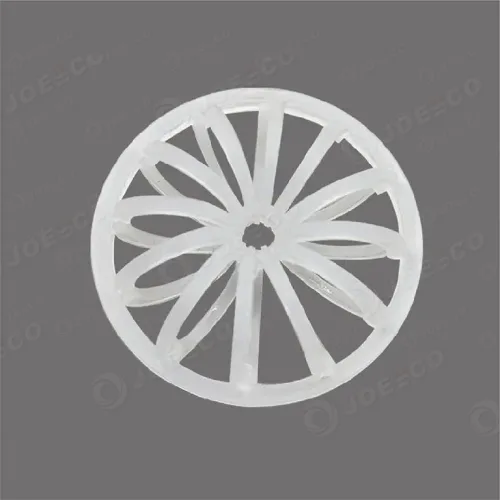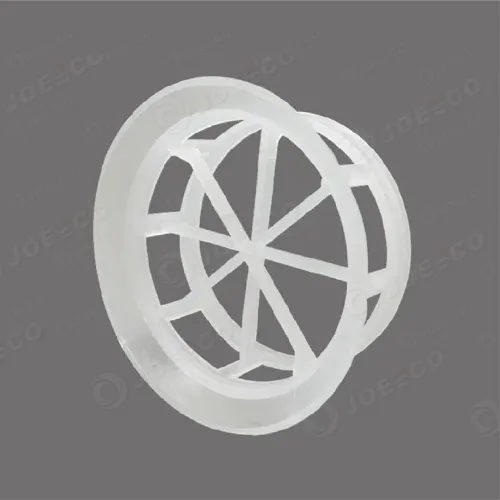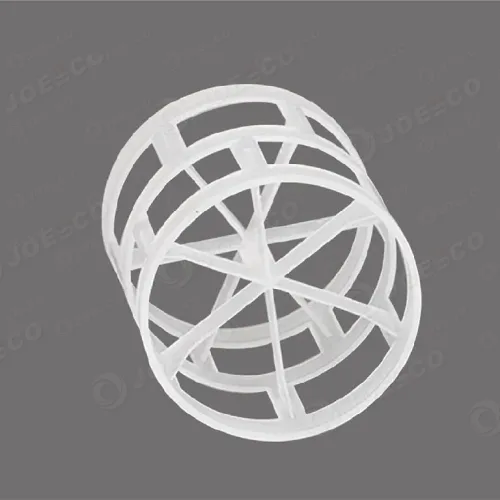When seconds count during riots, terrorist attacks, or active shooter situations, traditional barricades fail to move—but armored barricade vehicles roll directly into the chaos. JOESCO’s tactical vehicles combine HESCO barrier technology with armored mobility, creating systems that deploy physical barriers while providing ballistic protection for operators. From the 2025 Berlin unrest to Quito’s prison riots, these vehicles have proven indispensable for law enforcement and military teams needing to establish instant perimeters under fire. This guide breaks down how armored barricade vehicles work, their tactical applications, and why they’re replacing static barricades in high-risk urban operations.

What is an Armored Barricade Vehicle?
An armored barricade vehicle is a mobile deployment platform that transports, positions, and sometimes even assembles physical barriers (like HESCO units or steel plates) in hostile environments. Unlike traditional armored carriers (which focus solely on personnel transport), these vehicles integrate:
- Onboard Barrier Systems: Foldable HESCO concertainers or retractable steel walls stored on chassis.
- Barrier Deployment Mechanisms: Cranes, conveyors, or hydraulic pushers to unload barriers at 5–10 units/minute.
- Operator Protection: B6+ ballistic armor (stops 7.62×51mm rounds) and blast-resistant flooring.
- Crowd/IED Countermeasures: Tear gas launchers, LRAD sonic weapons, and electronic jammers.
JOESCO’s models—like the RapidBarrier X7—can carry 50+ collapsed HESCO barriers and deploy a 40m wall in under 3 minutes while taking small-arms fire .
Critical Applications: Where Armored Barricade Vehicles Excel
1. Riot Control & Crowd Isolation
- Perimeter Creation: Deploy 100m of barrier walls to isolate violent crowds or protect evacuation routes (e.g., used during the 2024 Paris protests to shield hospitals).
- Mobile Triage Zones: Form instant protective enclaves for medics treating casualties amid chaos.
2. Counter-Terrorism & Active Shooters
- Rapid Entry Points: Place barriers to funnel suspects into kill zones while protecting SWAT teams.
- Explosion Containment: Circular barrier formations contain blast fragmentation from IEDs/suicide vests.
3. Prison & Detention Facility Riots
- Yard Isolation: Segment prison yards to prevent inmate coordination (deployed in 6 US state prisons in 2023).
- Contraband Blockades: Seal smuggling routes with temporary walls during cell searches.
4. Event Security & VIP Protection
- Dynamic Perimeters: Adjust security zones in real-time for motorcades or political rallies.
- Attack Response: Roll barriers around stages or vehicles during assassination attempts.
JOESCO’s Armored Barricade Vehicle Specifications
| Model | RapidBarrier X5 | RapidBarrier X7 | TitanWall T10 |
|---|---|---|---|
| Chassis | Ford F-550 | Oshkosh L-ATV | Mercedes Zetros 6×6 |
| Armor Level | B6 (NIJ Level III) | B7 (NIJ Level IV) | STANAG 4569 Level 2 |
| Barrier Capacity | 30 HESCO units | 50 HESCO units | 20 steel plates + 40 HESCO |
| Deployment Speed | 2 mins/20m wall | 3 mins/40m wall | 5 mins/30m wall |
| Crew + Operators | 2 + 4 | 3 + 6 | 4 + 8 |
| Key Feature | Integrated crane | Automated unfolding | Remote operation kit |
All vehicles include run-flat tires, smoke/tear gas dispensers, and 360° camera systems for threat monitoring .
How It Works: Deployment Protocol Under Fire
- Approach & Positioning
- Driver uses angled armor plating to deflect projectiles while advancing.
- Thermal/NVG cameras identify optimal barrier placement zones.
- Barrier Deployment
- Hydraulic systems unload HESCO units or extend retractable steel walls.
- Operators can fill barriers with on-site material (e.g., gravel, sand) via onboard hoppers.
- Perimeter Security
- Vehicles often circle to create instant enclosures (e.g., 60m diameter in 4 minutes).
- Integrated LRAD/sirens disperse crowds during setup .
- Extraction & Redeployment
- Barriers remain in place; vehicle retreats to reload or assist elsewhere.
Case Study: Berlin New Year’s Eve Riot (2025)
Challenge: 500+ rioters attacked police with fireworks and Molotov cocktails, overwhelming static barricades.
Solution:
- 3 RapidBarrier X7 vehicles deployed 120m of HESCO walls in 9 minutes, isolating the Reichstag building.
- Barriers were filled with fire-retardant sand to withstand incendiary devices.Result: Police regained control in 40 minutes; zero officer casualties despite 2,000+ projectiles thrown .
Advantages Over Traditional Barricade Methods
| Method | Setup Time | Protection Level | Mobility |
|---|---|---|---|
| Armored Barricade Vehicle | 2–5 minutes | Ballistic + blast | Full repositioning |
| Concrete Jersey Barriers | 30+ minutes (crane) | Fragmentation only | Immobile once placed |
| Manual HESCO Placement | 15+ minutes (crew) | Ballistic | Slow relocation |
| Police Line Vehicles | Instant (no barriers) | Vehicle armor only | No perimeter expansion |
*Source: JTAC assessment of 2024 US Capitol riot response *
Customization Options for Mission Needs
- Barrier Types: Choose HESCO (lightweight, bullet-absorbing) or steel plates (blast-focused).
- Counter-IED Kits: Electronic jammers disrupt remote detonation signals.
- CBRN Sealing: Positive pressure systems + airlocks for chemical/biological threats.
- Medical Modules: Convert cargo area to trauma center with surgical lighting.
Cost-Benefit Analysis
- Unit Cost: 250K–750K (vs. $1.2M+ for dedicated armored personnel carriers).
- Operational Savings: 60% faster response than crane-deployed concrete barriers.
- Multi-Role Function: Serves as barrier platform, medic unit, and command post.
Who Uses Armored Barricade Vehicles?
- SWAT Teams: Active shooter response in schools/malls.
- Prison Emergency Units: Quell inmate uprisings without lethal force.
- UN Peacekeepers: Protect refugee camps from armed mobs.
- Event Security: Rapidly secure marathons, political conventions, and concerts.
Training & Certification Requirements
- Operator Training: 40 hours (driving, deployment, maintenance).
- Tactical Drills: Barrier placement under simulated gunfire/riot conditions.
- Certification: Must meet NFPA 1910 standards for tactical vehicles.
Purchase Process for Agencies
- Threat Assessment: JOESCO engineers analyze response scenarios and terrain.
- Vehicle Configuration: Select chassis, armor level, and barrier capacity.
- Live Demonstration: Test vehicle at proving grounds under realistic threats.
- Training & Delivery: Includes 5 days of on-site operator training.





